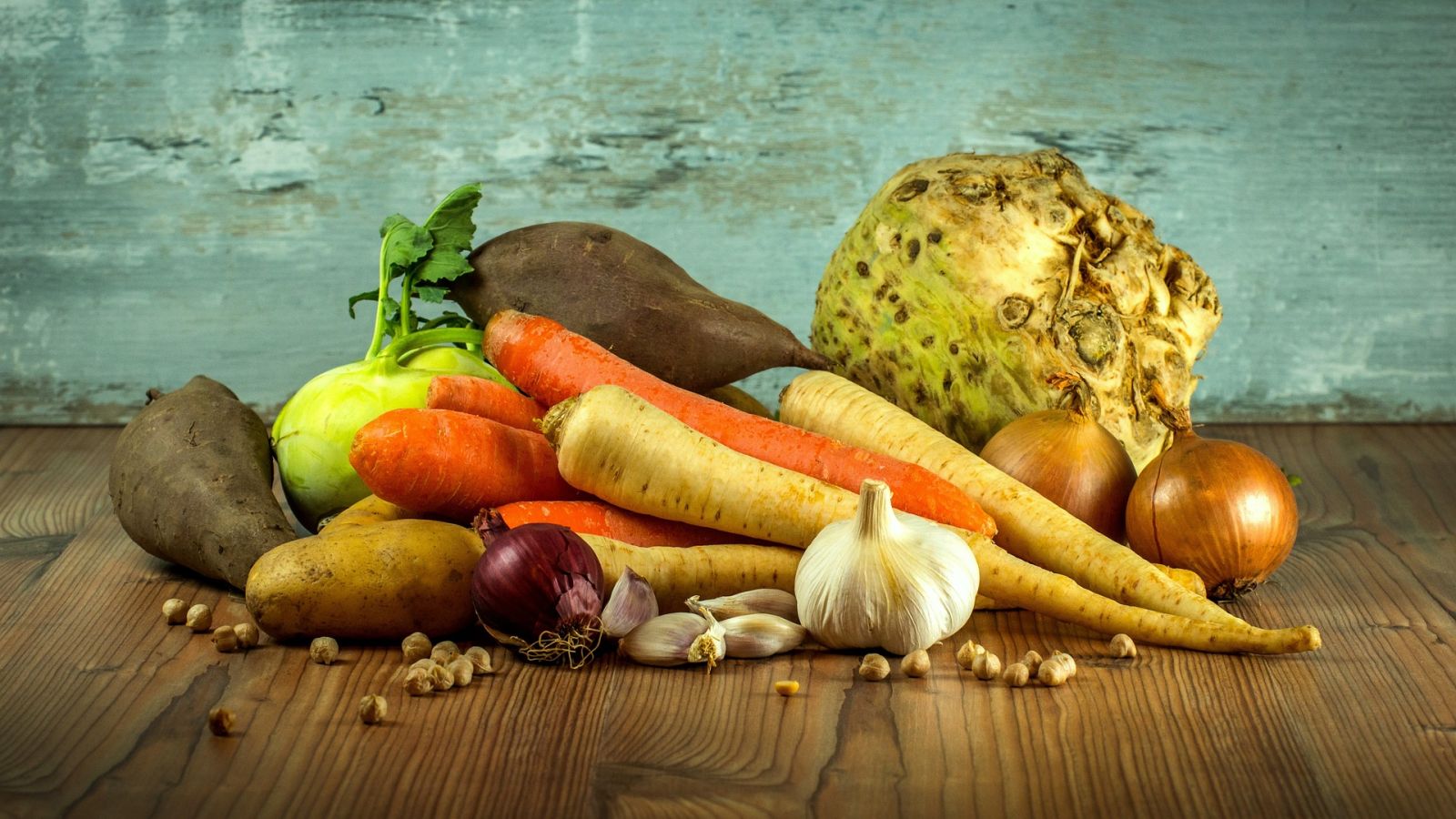Vegetable Gardening: A Beginner's Guide
Growing your own vegetables is not only a great way to save money on groceries, but it is also a fun and rewarding activity that can help you to eat healthier and reduce your carbon footprint. In this article, we will provide a beginner's guide to vegetable gardening, covering everything from choosing the right location and soil to planting and maintaining your garden.

Choosing a Location for Your Garden
When it comes to vegetable gardening, location is everything. Your garden needs to be situated in a spot that receives at least six hours of direct sunlight per day. Look for a spot that is protected from strong winds, as this can damage fragile plants. You should also ensure that your garden is near a source of water, as your plants will need to be watered regularly.
Preparing the Soil
Once you have chosen a location for your garden, you need to prepare the soil. Start by removing any weeds and debris from the area. Then, use a garden fork to loosen the soil to a depth of at least six inches. If your soil is heavy or clay-like, you may need to add organic matter, such as compost, to improve drainage and fertility.
Choosing Your Vegetables
The next step is to choose the vegetables you want to grow in your garden. Start by considering which vegetables your family enjoys eating and which are best suited to your climate and growing conditions. Some easy-to-grow vegetables for beginners include tomatoes, cucumbers, lettuce, carrots, and beans.
Planting Your Garden
Once you have chosen your vegetables, it's time to plant your garden. Begin by creating rows or planting holes using a garden hoe or trowel. Follow the planting instructions for each vegetable, as some plants may require specific spacing or depth.
Maintaining Your Garden
After planting, it's important to maintain your garden by watering, fertilizing, and weeding regularly. Water your plants deeply once or twice a week, depending on your climate and soil type. Apply fertilizer as needed, following the instructions on the package. Finally, remove any weeds that may be competing with your plants for nutrients and space.
Harvesting Your Vegetables
The final step in vegetable gardening is to harvest your vegetables. This should be done when the vegetables are ripe and ready to eat. Some vegetables, such as tomatoes and beans, will need to be harvested regularly to encourage new growth.
Conclusion
Vegetable gardening is a fun and rewarding activity that can help you to save money, eat healthier, and reduce your carbon footprint. By choosing the right location and soil, selecting the right vegetables, planting and maintaining your garden, and harvesting your vegetables at the right time, you can enjoy a bountiful harvest of delicious and nutritious produce.
